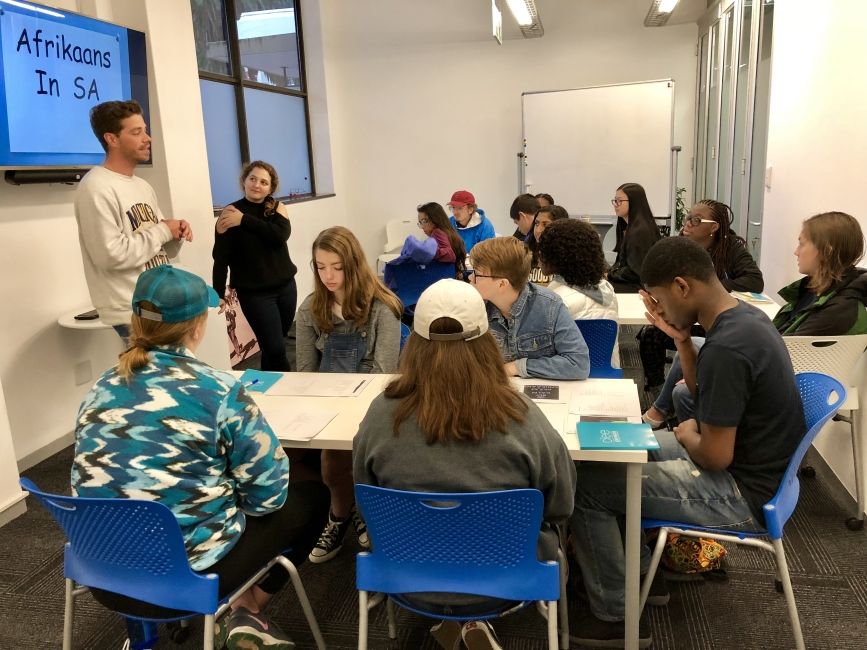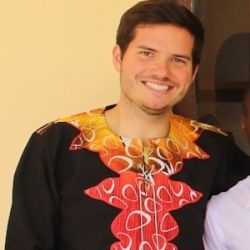Connecting the Classroom
A vital part of the Cape Town program is connecting the experiences during service work and excursions to the local languages and culture. Each week, students have history and language lessons to ground them in the rest of their work on the trip. Liz, a student from New Hampshire, discusses her experiences:
"I, and several of my new friends, came on this trip to South Africa knowing little about its culture, history, and languages other than a little background on Apartheid and Nelson Mandela. However, teachers like Pieter and Kanya have taught me more in two weeks than I feel like I could learn in school in an entire year. What makes this learning style so successful? Like Quentin (Student Life Director) told us, it’s experiential learning.
We take our experiences in the classroom and connect them to the real world. Then we get to have debrief sessions to analyze what we’ve experienced in Johannesburg and Cape Town, which are my personal favorite activity. For example, Pieter started talking in the classroom about the beginnings of South African history, the native people to these lands, the Khoi and the San. Then, we entered the streets of Cape Town and got to interact with people whose histories are rooted in South Africa, the Khoisan people today. Pieter showed us pictures of artifacts from the Kingdom of Mapungubwe in class, and a few days later, while touring University of Cape Town, we saw a book with the same artifacts we’d seen photos of on its cover. We went on a tour of the township Langa, and although the experience was out of our comfort zones, we were able to interpret the feelings we experienced and explain how what we saw today connects back to the Apartheid past in this country. It’s a rewarding feeling to be here and do more than just memorize facts about South African history, but rather to be immersed in the history and culture. I feel like everything we talk in the classroom we’ve gotten to see come to life. In our first days in South Africa, we went to the memorial for Hector Pieterson and the Soweto Uprising of 1976 with little knowledge about the event, but now, just two weeks later, we’ve all gained a greater understanding of this section of South African history, which directly connects to language.
Kanya has worked tirelessly with us to help us understand Afrikaans, one of the 11 official languages of South Africa. From her, we learned that the Soweto student protests took place because students wanted to be taught in their mother tongues, not Afrikaans. This is because the language has a history of oppression through colonization first and then apartheid. Understanding the history of Afrikaans first has helped us understand the words later. We’ve learned that Afrikaans is similar to Dutch but was influenced by native languages as well as Malay, creating the unique language we hear in the streets today. Kanya has encouraged us to listen for Afrikaans in the community, and I know I’ve noticed it so much more after having language lessons."
Related Posts
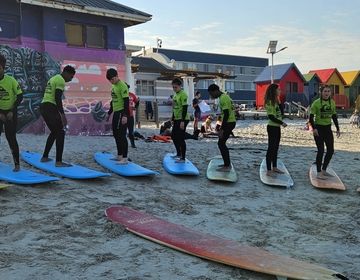
Hang 10!
This past weekend students explored local markets, travelled to Boulders Beach to see the penguins and saw the western-most cape which Cape Town was named after! Students also learned how... keep reading
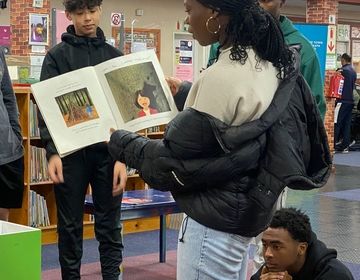
First Impressions of Service-Learning PT 2
Once students settled into their service-learning site and had more time with the students, they were able to read a group of younger students' stories and get them interested in... keep reading
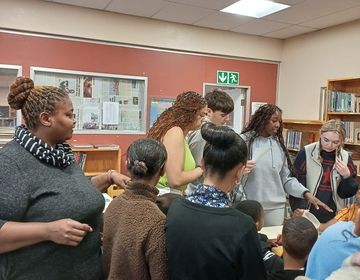
First Impressions of Service Learning
This week, after learning about the history and cultural context of their service-learning site, students began their service! Students were educated on literacy in the area and were told that... keep reading
